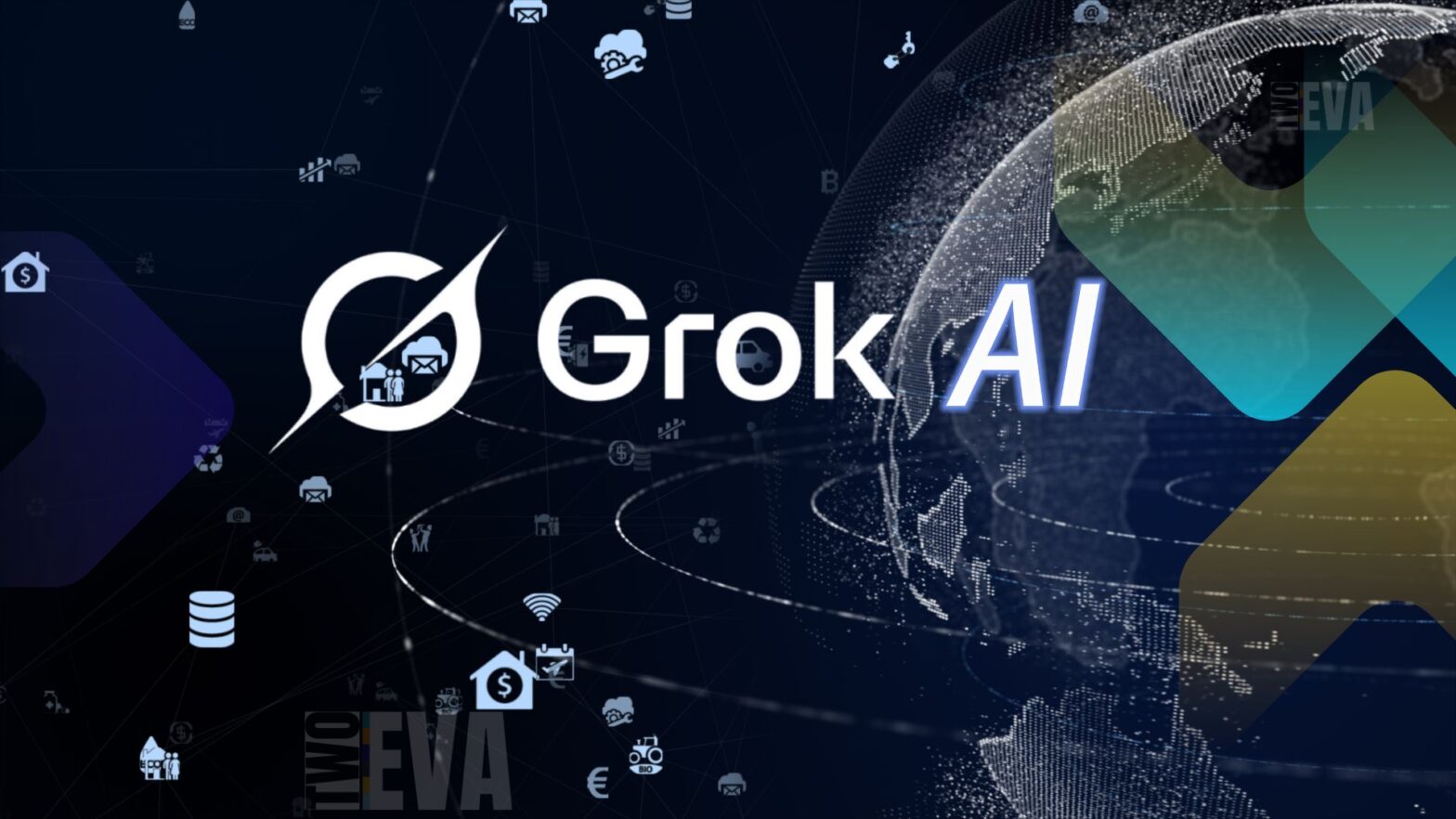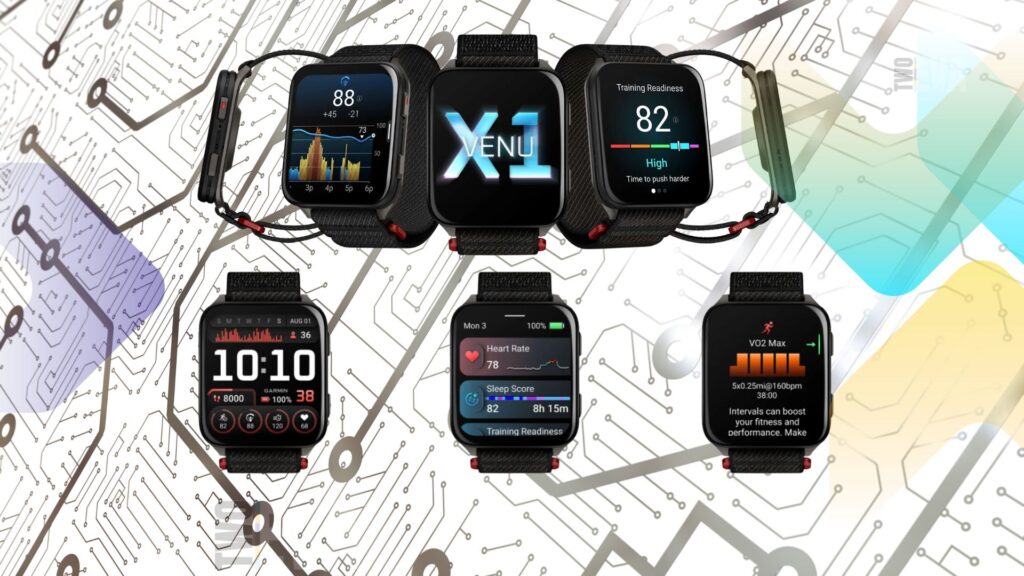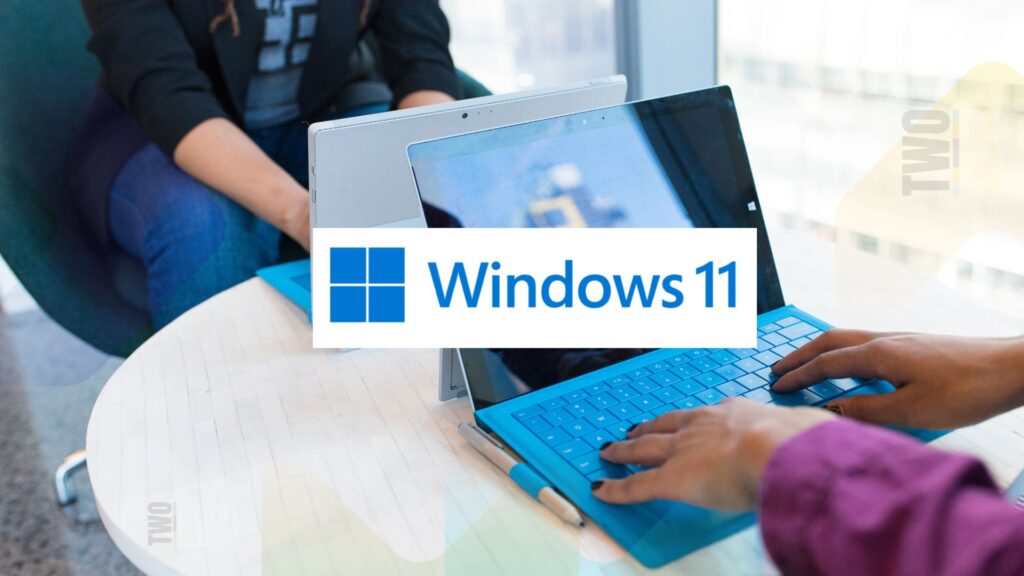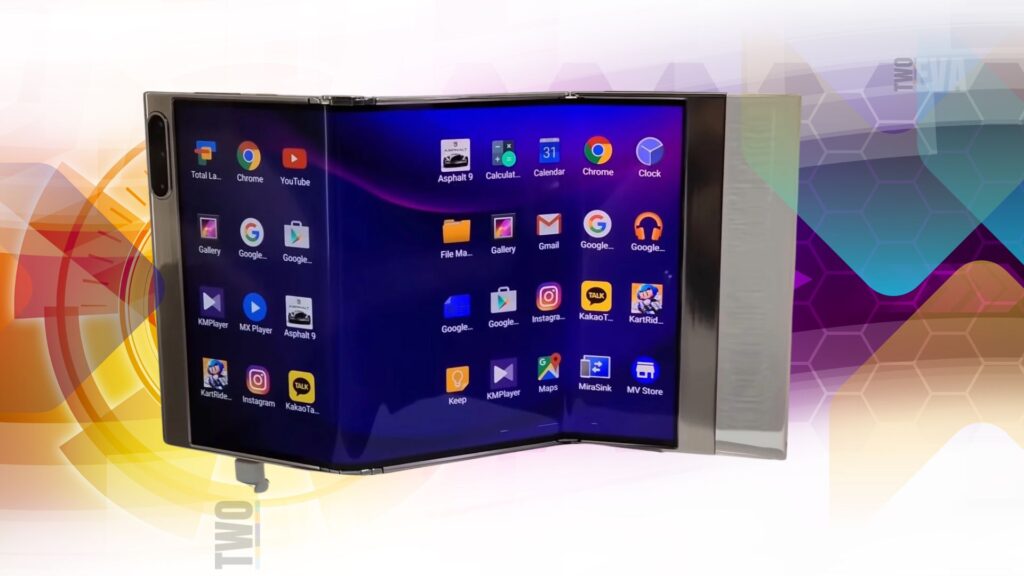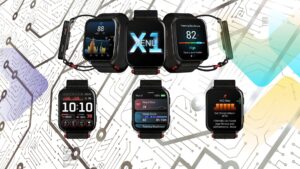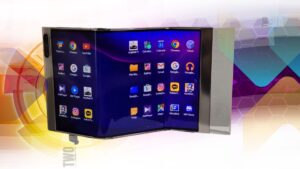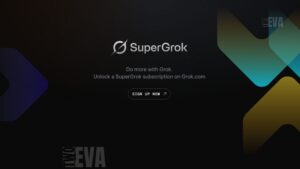Grok, xAI‘s AI chatbot, has taken a significant leap forward with new capabilities that extend beyond text. The latest update introduces Grok Vision, a feature that allows the AI to analyze and interpret images and videos, effectively giving it ‘eyes’ to see the world around it. This addition positions Grok as a more versatile tool, capable of understanding visual inputs much like humans do. But how does this work in practice? The chatbot can now identify objects, read text from images, and even suggest similar items—all in real-time.
How Grok Vision Works
Grok Vision uses advanced computer vision technology to process visual data. Point your device’s camera at an object, and Grok can tell you what it is, what it’s used for, or even recommend something similar. For example, snap a photo of a book cover, and Grok might summarize its contents or suggest related titles. This capability isn’t just about recognizing objects—it’s about understanding context, which opens up a world of possibilities.
Multilingual Support Expands Reach
Alongside visual capabilities, Grok now supports multiple languages, including Hindi, Spanish, and Japanese. Users can interact with the chatbot verbally, asking questions and receiving audio responses in their preferred language. This feature is particularly useful for non-English speakers, making AI more accessible globally.
Memory Function: A Step Toward Personalization
Grok also introduces a memory feature, allowing it to recall past conversations. This means the AI can tailor its responses based on previous interactions, offering a more personalized experience. Users can review what Grok remembers and delete specific memories if they choose. While this feature is still in beta and not available everywhere, it hints at a future where AI assistants grow more attuned to individual needs over time.
Competing with the Giants
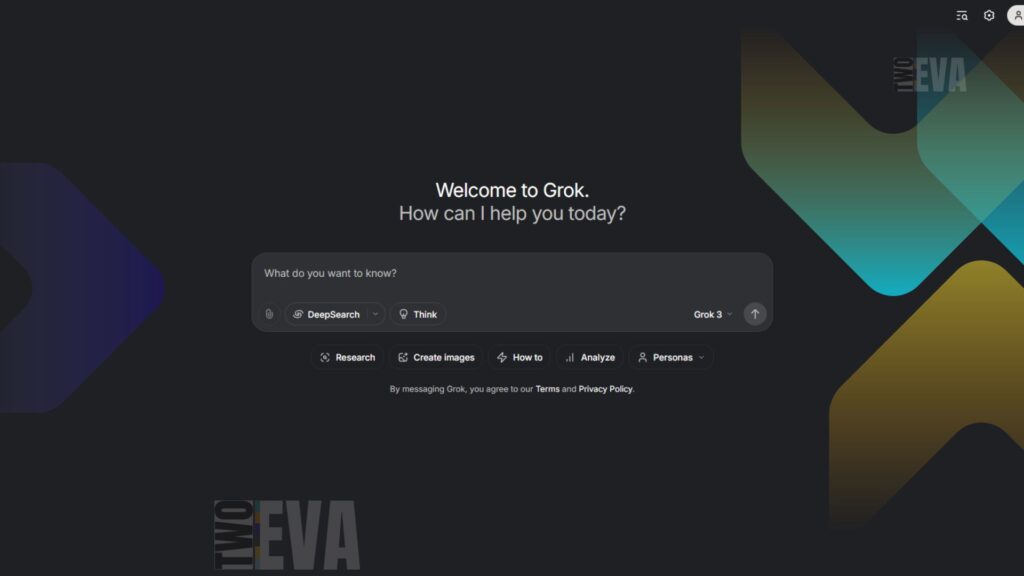
xAI’s updates position Grok as a strong competitor to established AI platforms like OpenAI’s ChatGPT and Google’s Gemini. By combining visual understanding with multilingual support and memory, Grok is bridging gaps that text-only chatbots can’t. The move reflects a broader industry trend toward more immersive, context-aware AI interactions.
What’s Next for Grok?
With these updates, Grok is no longer just a text-based chatbot—it’s evolving into a multimodal assistant. The implications are vast: from helping shoppers identify products to aiding in education or healthcare diagnostics. While challenges remain, such as refining the memory function and expanding regional availability, Grok’s progress suggests a future where AI seamlessly integrates into daily life. As xAI continues to innovate, the race to build the most intuitive, versatile AI is far from over. What Grok does next could redefine how we interact with technology.

